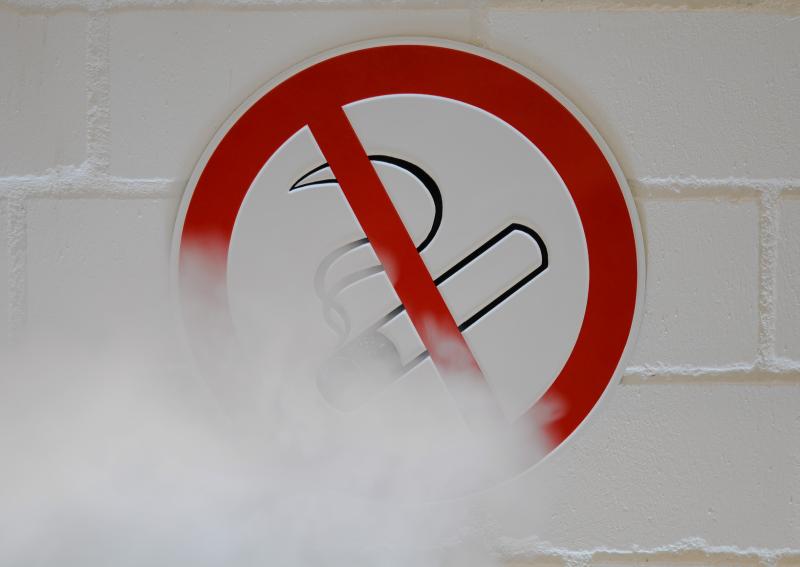 Anti-smoking campaigns need to target hard-core smokers more effectively
Anti-smoking campaigns need to target hard-core smokers more effectivelyClusters of tobacco retailers may influence adolescents to initiate use of alternative tobacco products (ATPs), a recent study has found.
Researchers surveyed 728 adolescents (aged 13–19 years) across 191 different neighbourhoods in California. Retailer density was evaluated by linking participant home and census data to addresses of tobacco retailers. At baseline, 32.5 percent of the participants reported ever using ATPs.
Within 1 year, 106 participants initiated ATP use, corresponding to 21.5 percent of the baseline nonusers. The mean tobacco retailers per square mile was 7.21, with an average distance of 0.60 miles from each participant’s residence.
Cross-sectional analysis found that adolescents were significantly more likely to have ever used ATPs with increasing tobacco retailer density. This remained true even after adjusting for neighbourhood-level (odds ratio [OR], 1.26, 95 percent confidence interval [CI], 1.12–1.19) and school-level (OR, 1.11, 95 percent CI, 1.03–1.34) covariates. Full adjustment attenuated the effect, though it still remained significant (OR, 1.03, 95 percent CI, 1.02–1.15).
Longitudinally, retailer density remained a significant risk factor for ATP initiation. At the 1 year follow-up, each unit increase in density was associated with a significant increase in the likelihood of starting ATP habits, in both the neighbourhood-only (OR, 1.34, 95 percent CI, 1.21–3.81) and school-only (OR, 1.08, 95 percent CI, 1.03–1.92) adjusted models.
“Policy efforts to reduce adolescent ATP use should aim to reduce the density of tobacco retailers and limit the proximity of tobacco retailers near adolescents’ homes and schools,” said researchers.